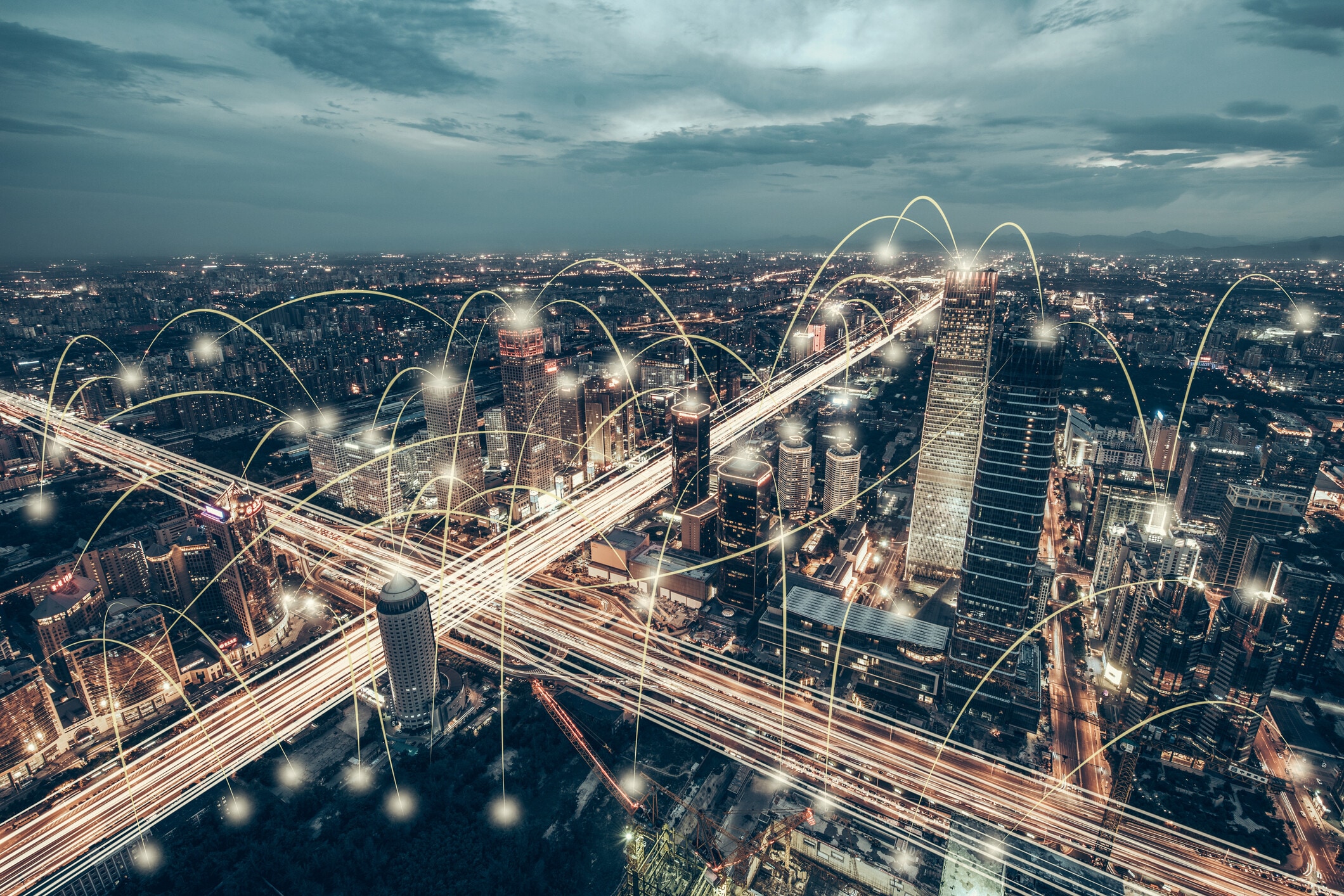MI6 chief calls for espionage 4.0 in the era of the Fourth Industrial Revolution

'The era of the Fourth Industrial Revolution calls for a fourth generation espionage,' Alex Younger said in a recent speech.
Image: REUTERS/Pawel Kopczynski
Stay up to date:
The Digital Economy
The head of Britain’s Secret Intelligence Service (SIS), commonly referred to as MI6, has called for a new era of tech-enabled espionage techniques to cope with the challenges of the Fourth Industrial Revolution (4IR).
As the technological and biological worlds converge, the 4IR will open up possibilities for businesses and individuals, blurring the lines between the physical and the digital. From the Internet of Things (IoT) to artificial intelligence (AI) and machine learning, processes and patterns of behaviour are changing and speeding up.
These technologies are solving some of mankind’s most intractable problems. But, as the World Economic Forum’s founder and executive chairman, Klaus Schwab, pointed out when he coined the term Fourth Industrial Revolution, “we do not yet know just how it will unfold”.
This uncertainty is one of the themes the head of SIS, Alex Younger, touched on during a recent speech at the University of St Andrews in Scotland: “The era of the Fourth Industrial Revolution calls for a fourth generation espionage: fusing our traditional human skills with accelerated innovation, new partnerships and a mindset that mobilises diversity and empowers the young. The degree of interconnectedness between nations, peoples and systems today, the ubiquitous nature of information, and the exponential pace of technological change, are making the world dramatically more complicated.”

Younger is referred to internally at SIS as C, keeping with a tradition set by the Service’s first chief, Captain Sir Mansfield George Smith-Cumming, who signed his letters with the letter C.
“When your defences as a country are being probed on multiple fronts at the same time, it can be difficult to see the totality of what your opponent is trying to do,” Younger told the audience at St Andrews.
Whether it’s state-sponsored or orchestrated cyber attacks, international terrorism, or solo hackers, the sophistication of attack tools is growing all the time. As are the number of potential weak spots for attackers to focus their efforts on. One of the consequences of the IoT is that there are now many millions of smart devices in use across enterprise computing networks. Each represents a potential way into that corporate network if it hasn’t been adequately secured.
The World Economic Forum’s Global Risks Report 2018 identified cybersecurity breaches as one of the most pressing threats to mankind. It also ranks cyber attacks third among risks most likely to happen in the next 10 years.

But despite the growing complexity of the threat landscape, Younger was able to sound a note of restrained optimism. “We and our allies face a battle to make sure technology works to our advantage, not to that of our opponents. Liberal democracies should approach this with confidence, as the originators of this technology. Our task now is to master covert action in the data age.
“So we are evolving rapidly. Cyber is now our fastest-growing directorate. We are shifting our focus to the nexus between humans and technology. And for the first time … we are pursuing a completely different type of partnership with the tech-innovation community, giving the private and academic community the role we need and they deserve.”
The SIS was formed in 1909, although its existence wasn’t officially admitted by the UK government until 1994 when it moved to its present headquarters at Vauxhall Cross in London. Its focus is on the collection of secret intelligence and on overseas operations, working alongside the UK’s other intelligence units, M15 (domestic intelligence matters) and the General Communications Headquarters (GCHQ) which monitors phone calls, emails, and satellite communications.
Don't miss any update on this topic
Create a free account and access your personalized content collection with our latest publications and analyses.
License and Republishing
World Economic Forum articles may be republished in accordance with the Creative Commons Attribution-NonCommercial-NoDerivatives 4.0 International Public License, and in accordance with our Terms of Use.
The views expressed in this article are those of the author alone and not the World Economic Forum.
Related topics:
Forum Stories newsletter
Bringing you weekly curated insights and analysis on the global issues that matter.
More on Fourth Industrial RevolutionSee all
David Timis
August 8, 2025
Henrik Hvid Jensen
August 7, 2025
Samuel Alemayehu
August 5, 2025
Adriana Banozic-Tang and Heng Wang
August 5, 2025
Harald Haas and Mallik Tatipamula
August 1, 2025
Neeti Mehta Shukla
August 1, 2025





